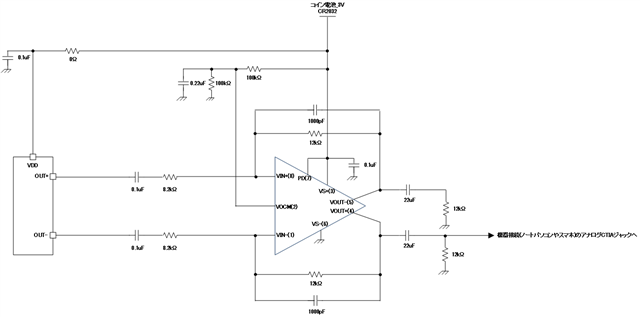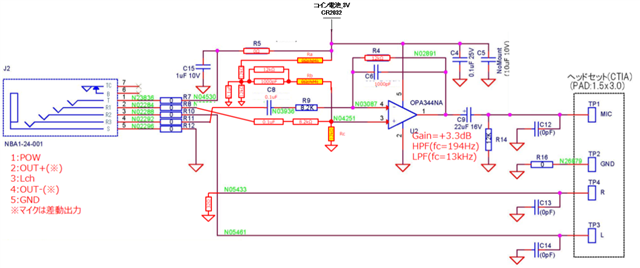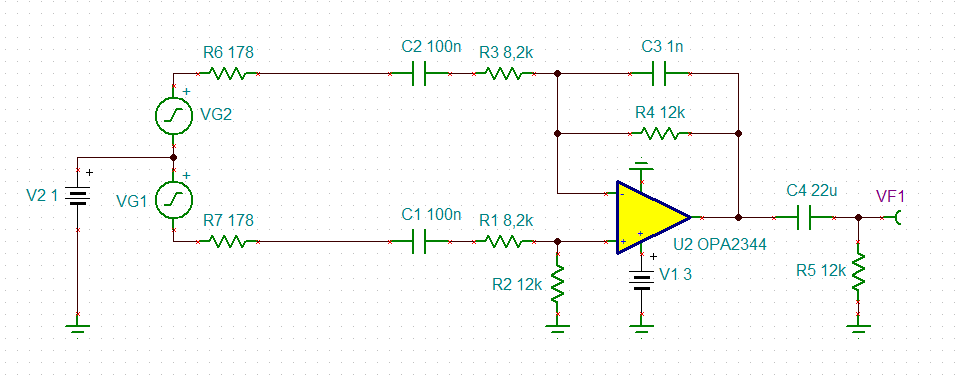Other Parts Discussed in Thread: OPA344, OPA1637, OPA1632, THS4561,
Dear Sima-san,
I appreciate your many advices.
I reflected your advice (1-4) in schematic.
Is your advice correctly reflected in schematic?
If schematic is incorrect, please give specific and kind advice.

Thanks,
S.Suzuki






